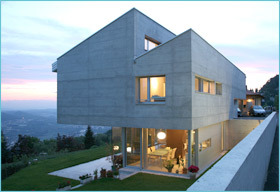
Low leakage windows, better insulation, and more efficient heating and cooling systems are among the many wonderful energy saving products and techniques that allow us to build very efficient houses.
Houses built to the high standards of a passivhaus , can use as little as 10% of the energy required to run the average U.S. single family house. For so many reasons, reducing energy use is critical to our society’s future. So….. let’s build a bunch of new passiv houses with an American flair. Well…..here’s the problem.
In a typical year, the housing industry produces about 1.5 million new housing units per year. This is within a base of approximately 128,000,000 existing housing units. (source census.gov). So, it would take about 85 years (with no population growth) to replace all of our existing houses.
This leads us to the conclusion that we must devise a way to make our existing housing stock efficient users of energy. It’s not a simple task. Standards must be developed and a process must be implemented. Oh, and by the way, perhaps government (good government) should direct this. I think we’re not even going to ask the finance industry to be involved in this one 🙂

 OK, first the boring defintion. A CFM stands for cubic foot per minute. This term is used as a measurement of airflow rate for ventilation systems. The cubic foot refers to a (mythical) cube of air 1 foot x 1 foot x 1 foot. CFM becomes a flow rate since we measure how many cubic feet are flowing by per minute.
OK, first the boring defintion. A CFM stands for cubic foot per minute. This term is used as a measurement of airflow rate for ventilation systems. The cubic foot refers to a (mythical) cube of air 1 foot x 1 foot x 1 foot. CFM becomes a flow rate since we measure how many cubic feet are flowing by per minute.